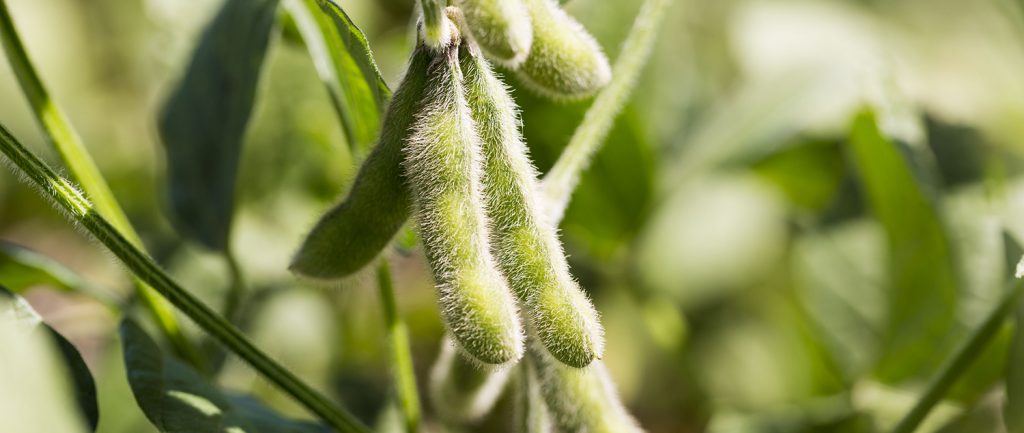The Minnesota Department of Agriculture (MDA) has found a new route for the invasive weed Palmer amaranth to enter and spread through Minnesota: grain and seed screenings used as feed.
After an investigation into a Palmer amaranth find in Redwood County, MDA determined the weed found its way into a soybean field through cattle manure. The cattle had been fed screenings from contaminated sunflower seed.
MDA has since sampled screenings throughout the state and has found Palmer amaranth seed in numerous screenings – some containing as much as 250 Palmer amaranth seeds per pound of screenings.
“This newly discovered path for Palmer amaranth shows the difficultly in stopping the spread of invasive weeds,” says MDA Commissioner Thom Petersen. “However, the MDA is committed to continuing our monitoring of screenings, educating crop and livestock farmers about this development, and helping eradicate any new finds.”
Palmer amaranth was first discovered in Minnesota in 2016. Since then, it has been found in six counties in the state. However, because of eradication efforts at confirmed sites and a strong partnership with the University of Minnesota Extension, no Palmer amaranth has been found in subsequent growing seasons.
Palmer amaranth can grow 2 to 3 inches a day, typically reaching 6 to 8 feet, or more, in height. Left uncontrolled, a single female Palmer amaranth plant typically produces 100,000 to 500,000 seeds. It is resistant to multiple herbicides, can cause substantial yield losses, and greatly increase weed management costs in soybeans and corn.
“It’s an extremely aggressive growing weed and has incredible genetic diversity,” says Minnesota Soybean Director of Research David Kee. “Palmer amaranth is certainly a problem we don’t need in Minnesota, and we’ll continue monitoring the situation throughout the growing season.”
MDA is encouraging farmers, especially those that have manure from feedlots spread on their land, to look for Palmer amaranth and report suspect plants. Follow these steps:
- Take pictures of the plant including close-ups of the stem and inflorescence.
- Provide pictures and contact info to the MDA through the Arrest the Pest line at 1-888-545-6684 or arrest.the.pest@state.mn.us
- Save the plant material for testing. Fresh material can be saved in a plastic bag in the refrigerator, and dry material can be stored in a paper bag at room temperature. It is best to keep the whole plant including leaves and flowers.
Because of the impacts it can have to Minnesota’s crops, Palmer amaranth is listed as a Prohibited Weed Seed. This means no Palmer amaranth is allowed in any seed offered for sale in the state. It is also on Minnesota’s Prohibited Noxious Weed Eradicate List. All above and below ground parts of the plant must be destroyed. Transportation, propagation, or sale of this plant is prohibited.
The invasive weed is native to the southwestern United States and northwestern Mexico. It has been found in over half of the states, including Iowa, North Dakota, South Dakota, and Wisconsin.
For more information on the identification and control of Palmer amaranth, visit the University of Minnesota Extension website.







